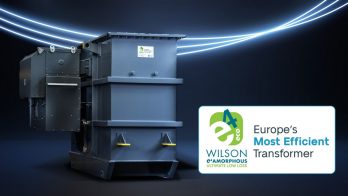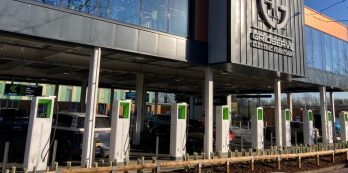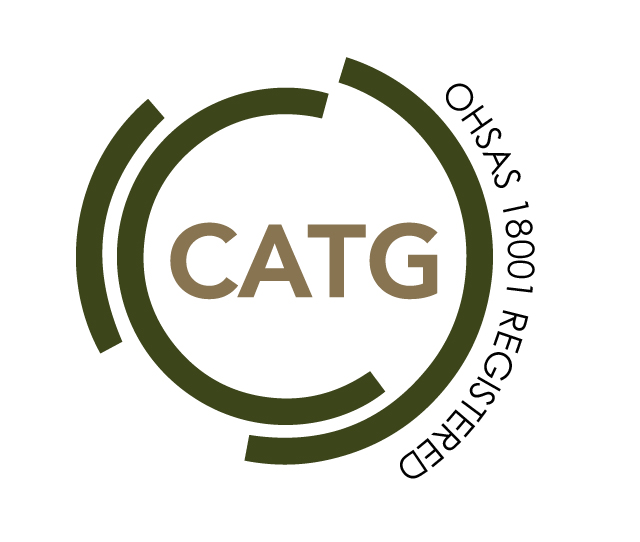NHS Ninewells Hospital Transformer Replacement Project
Working with the NHS is a privilege. Granted, whenever we install, or replace a transformer, and witness both the financial and environmental benefits they can have for a business, it’s always rewarding. But the NHS is something much bigger.
Scotland’s hospitals are faced with the trilemma of meeting ambitious carbon targets, improving site resilience and delivering the best patient experiences on increasingly tight budgets.
During, throughout and after completing a job like this, you’re all of a sudden awakened to the wider contributions and impact you’re having beyond energy savings and carbon reductions.
When you consider the stress the NHS is facing, to be able to assist Ninewells Hospital (an internationally renowned leading centre in developing fields such as the management of cancer, medical genetics and robotic surgery), really is something rewarding.
NHS Scotland – Reducing energy & carbon

Our ongoing relationship with organisations in Scotland is largely due to Scotland setting some of Europe’s most ambitious carbon targets, aiming to reduce its total climate emissions by 66% before 2032, and our own ability to combat these targets.
Scotland’s ambitious strategy looks at energy generation as well as energy consumption. Therefore, the role NHS Scotland must play within that is to target a reduction of 12% by 2020 in end-use energy consumption.
Reinforcing the power network of Ninewells Hospital
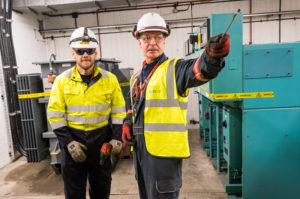
Famous for introducing laparoscopic surgery to the UK, Ninewells Hospital, NHS Tayside is internationally recognised as a leading centre in medical genetics and robotic surgery. Like many public-sector organisations, the age of NHS Tayside’s hospitals present a greater challenge when meeting tough carbon emission targets. Therefore, understandably, justifying investment in new assets and energy saving technology must demonstrate a return on investment and improvements to the healthcare service.
NHS Tayside’s proactive approach to sustainability ensures that they have an informed understanding of where and how to invest in energy saving initiatives. Upgrading the high voltage assets at the Ninewells Hospital to state-of-the-art, super low-loss amorphous transformers was one such opportunity that would present the hospital with multi-benefits. Besides delivering energy and carbon savings, the hospital will increase the resilience of the hospitals critical power network in line with the business continuity management programme.
Reducing energy consumption, cost and carbon emissions at Ninewells Hospital
Having attended a CPD seminar on energy savings through supply transformers in 2015, Robert Harvie (Senior Estates Manager, NHS Tayside) had become aware of energy savings opportunities that might be realised at Ninewells hospital and arranged for a follow-up seminar to the estates and engineering team in 2016.
From here, Ninewells Hospital undertook an energy study of the existing transformer’s consumption rate to establish the real potential for energy and carbons savings.
The results concluded that by replacing just one old inefficient high voltage transformer, (the existing 11kV:433V unit from 1967 with a 11kV:415V Wilson e2 amorphous transformer of the same capacity), combined energy savings of approximately 61000 kWh per annum would be realised, equalling over £7,300 each year in monetary terms.
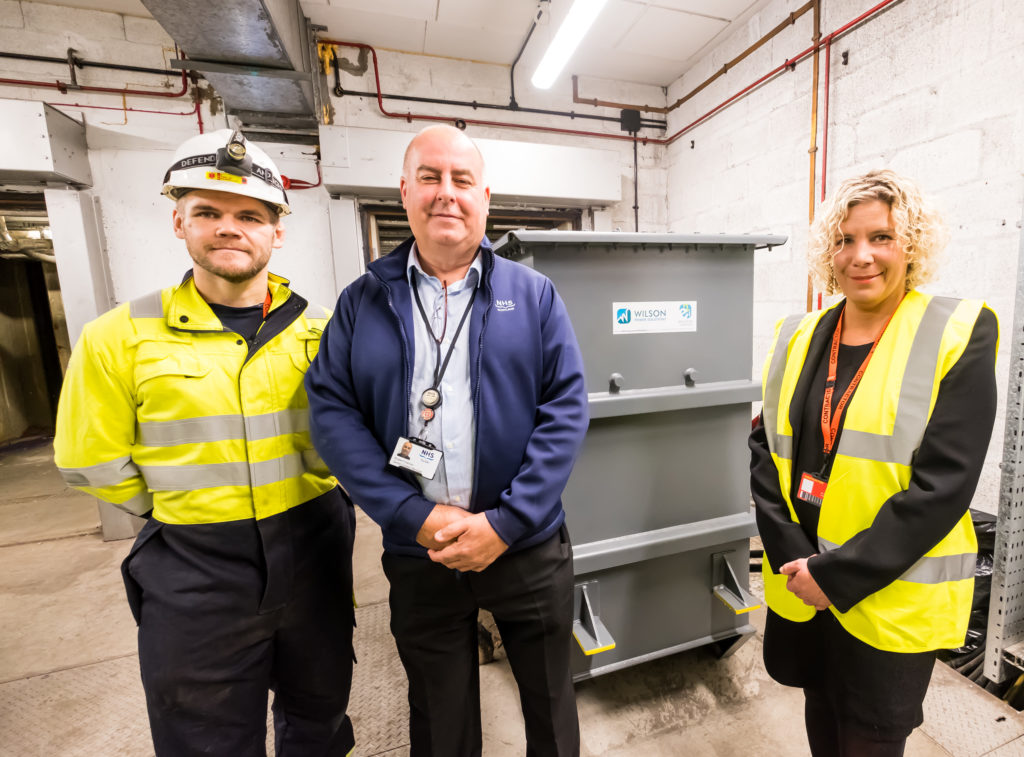
Robert Harvie of NHS Tyneside (middle) with Wilson Power Solutions Marketing Manager, Dr.Lore Grohmann (right).
Lasting benefits for a sustainable NHS
 The transformer room in the molecular biology wing at Ninewells houses four transformers of a similar age, presenting the hospital with the prospect to significantly reduce their energy and carbon even further.
The transformer room in the molecular biology wing at Ninewells houses four transformers of a similar age, presenting the hospital with the prospect to significantly reduce their energy and carbon even further.
An entire transformation project at Ninewells Hospital will save NHS Tayside approximately 61,000 kWh per annum, per transformer. Each transformer will provide carbon savings of 27,113kgs and energy cost savings of over £7,000 a year.
Once all four transformers are online, the project is forecast to provide energy savings (over a 5-year period) of 304,000kWh, with approximately 1.79% of the total electrical energy consumption at T1. This, in turn, equates to a reduction in carbon of approximately 135,564kg over the same 5-year period (total) and an energy cost saving of over £143,000.
Moving forwards, the hospital hope to benefit further from the 5 year HV infrastructure investment initiative. The results should demonstrate a significant carbon and cost savings, improving the overall site resilience of NHS Tayside’s critical supply requirements.
Discover more from our sector case study.
 20 Dec 2018
20 Dec 2018Introducing Wilson e4 Ultimate Low Loss Amorphous® Transformer
Wilson Power Solutions is delighted to launch a brand new distribution transformer, Wilson e4 Ultimate Low Loss Amorphous® Transformer, the most energy-efficient transformer in the UK and Europe. Energy Losses As a UK power and distribution transformer manufacturer, we always look for solutions to limit energy waste by improving our own products’ efficiency. Even though […]
 8 Mar 2024
8 Mar 2024IETF: Industrial Energy Transformation Fund – Phase 3
Industrial emissions account for around 18% of UK emissions. To reach the Net Zero target in 2050, industrial emissions need to fall by around 90% from today’s levels. Industrial Energy Transformation Fund (IETF) launched Phase 3 of industrial grants on Monday 29 January 2024, with the closing date on Friday 19 April 2024, and aims […]
 23 Feb 2024
23 Feb 2024Wilson transformers support Gatwick Airport EV charging stations
Wilson Power Solutions is continuously working towards delivering a sustainable future. We actively participate in green energy projects including electric vehicle charging points, energy storage systems or solar energy generation projects. The latest project we worked on has just come to fruition in London. We have proudly built and delivered 2 x 2500kVA, 33000/415V and […]
 22 Jan 2024
22 Jan 2024
